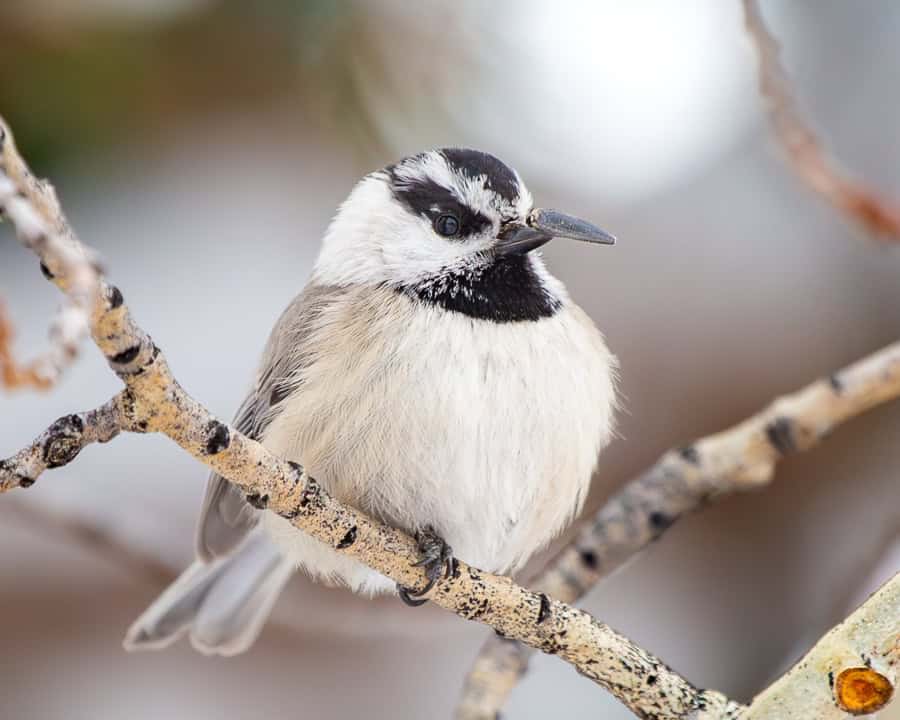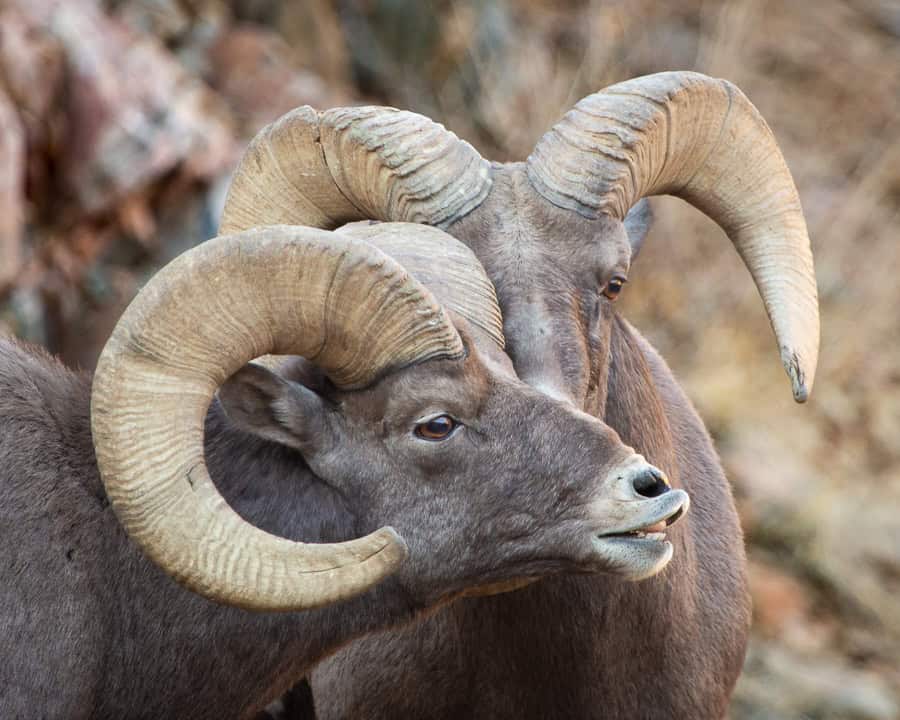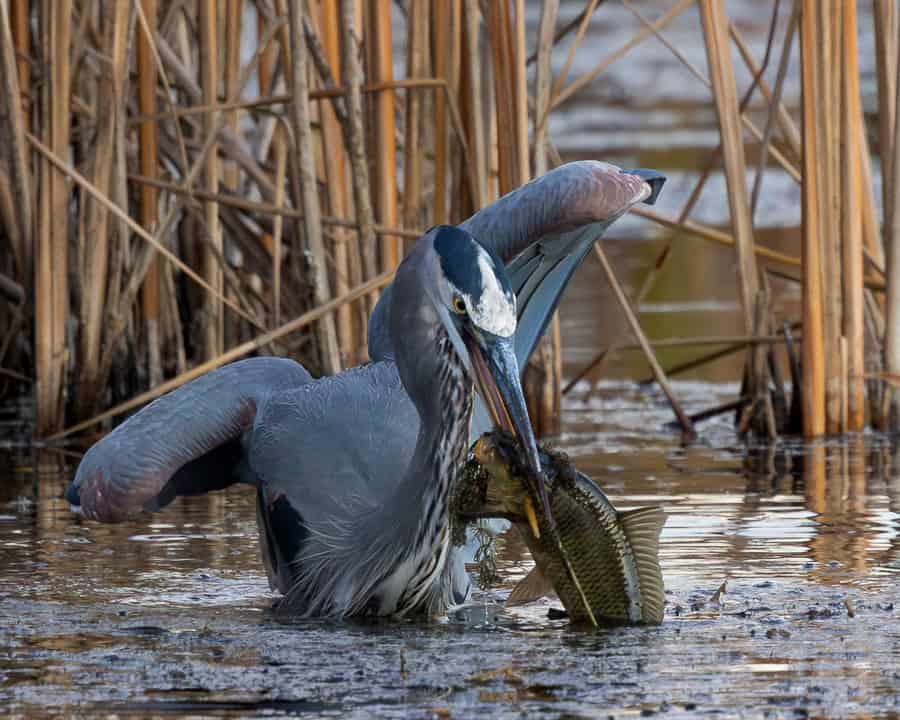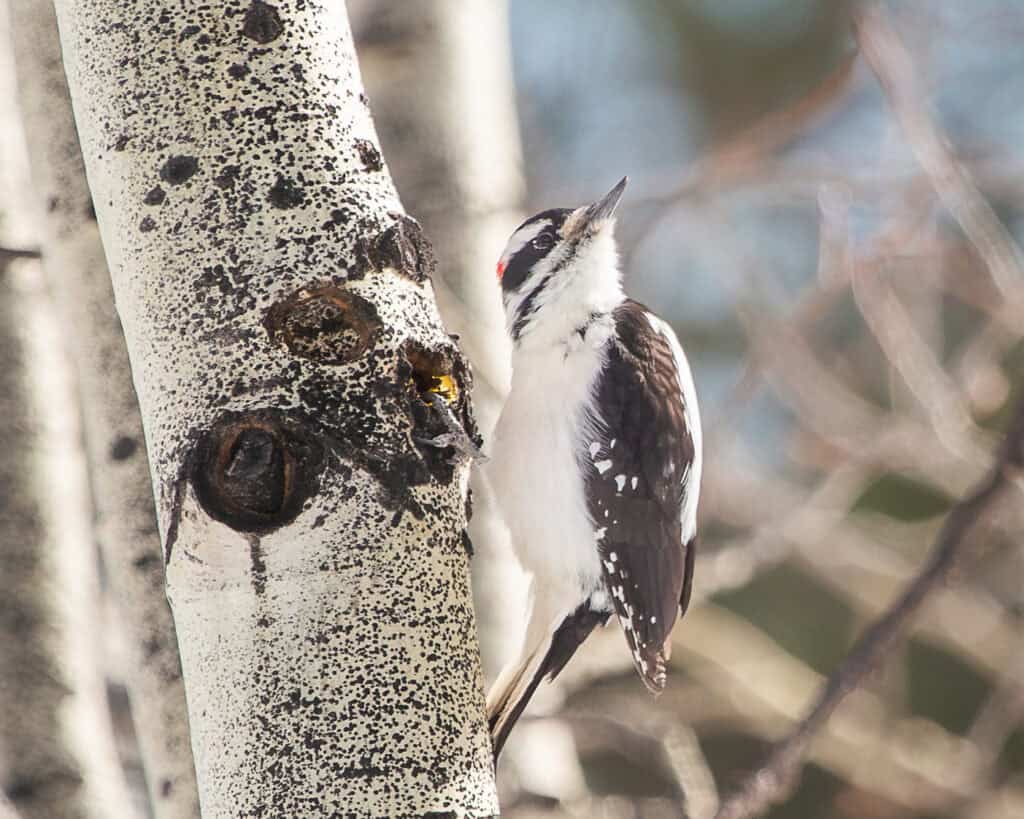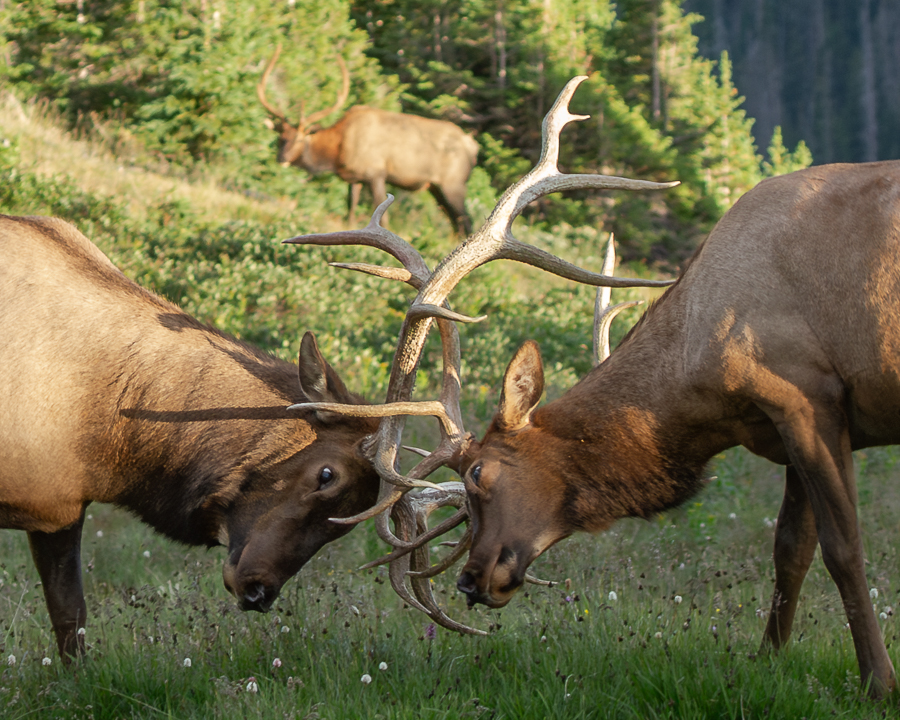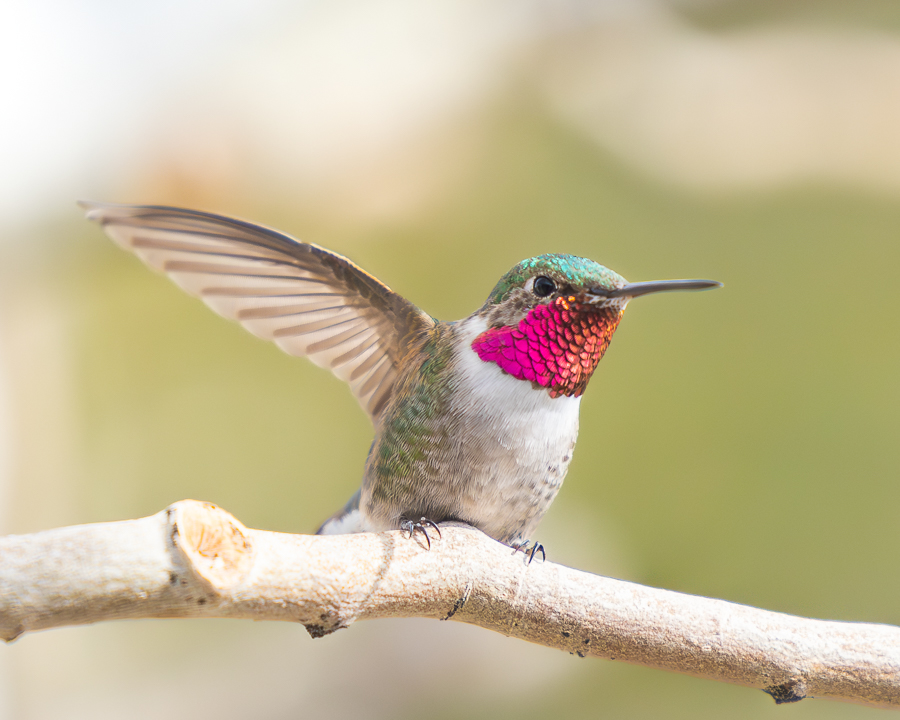30 years ago when I first arrived to Colorado I was introduced to an amazing and complex mathematical and visual phenomenon known as fractals. The very dear friend who made the introduction to me was mainly focused on the generation of images utilizing computer technology. In our early discussions, he stated that while the concepts of fractals stemmed from mathematics and geometry, it was a phenomenon that is found all over the natural world, permeating the land, plants, and even in the clouds above.
According to the Merriam-Webster dictionary, a fractal is defined as “any of various extremely irregular curves or shapes for which any suitably chosen part is similar in shape to a given larger or smaller part when magnified or reduced to the same size”. While seemingly a complex definition, this is about as “laymans terms” as one gets with a subject that can delve into incredibly complex non-linear equations and mathematical theory that only a relative few humans can comprehend.
The concept was first introduced by the mathematician Felix Hausdorff in 1918, and the term was much later coined by polish-born mathematician Benoit B. Mandelbrot in 1975 as a derivative of the latin word Fractus. The basis of the phenomenon is the observation and study of self-similar objects whose parts resemble the whole. When a fractal shape is observed in detail, the basic shape of the object is reiterated repeatedly, often in similar permutations, regardless of how “deep” one can look at the object in magnification.
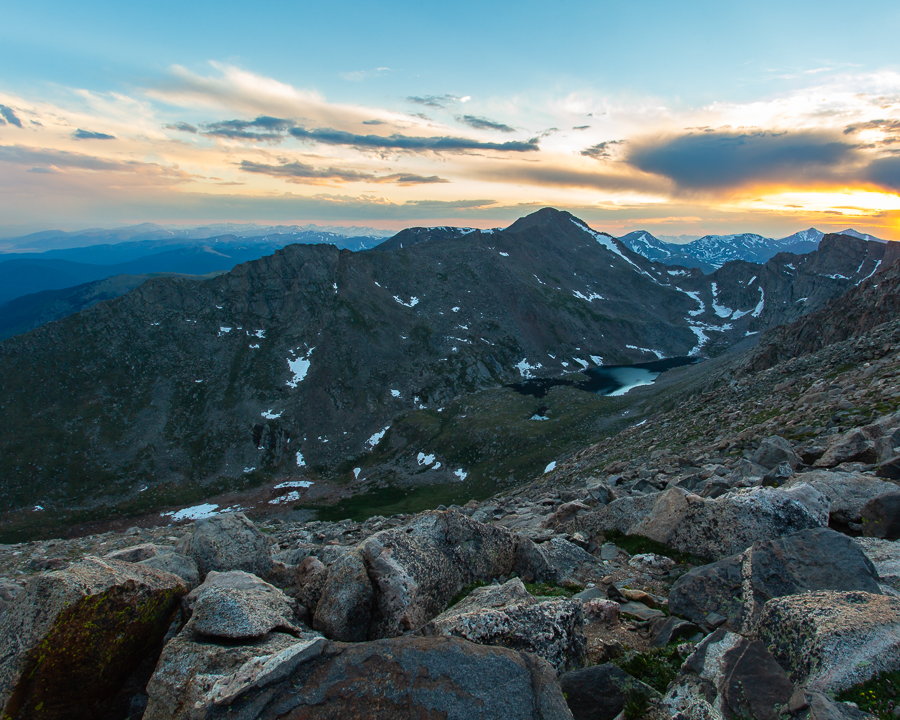
The initial concept stemmed from the study of coastlines and mountains. If one looks upon the planet from above, one sees the continents defined against the oceans as very jagged coasts. Moving closer, one finds that while the coastlines become more defined, there remains great similarity in the basic shape of the smaller section to the whole initially viewed from space. Even closer, one sees the same similarity in a section as small as a single beach. You can “zoom in” all the way down to a grain of sand and find oneself right back at the very beginning, gazing down at another tiny “planet”.
We find this phenomenon quite dramatically in our own backyard. One can gaze westward and see a jagged line of peaks off in the distance. If you begin to hike into the mountains, you find yourself working through valleys and among steep ridges, similar in their own way to those peaks viewed from a distance, but unique in their shape and flow dictated by eons of erosion.
As you explore deeper and higher, you start to climb onto the ridges only to discover that those distant jagged edges are comprised of innumerable more edges in the way of crags, couloirs and tucked away cirques that, from a distance seem minute, if visible at all, but grow into stunning granite cathedrals when one climbs into them. Gazing about the grandeur, one finds oneself among yet more jagged edges, similar, yet different, ever higher.
You can make it onto the high, grassy tundra and come across more spires and outcroppings jutting from the ground in a seemingly chaotic manner, yet still strikingly alike. These “miniature” towers and parapets were once completely unnoticeable from the original view, yet stand more prominent and majestic, but still, more jagged edges.
Finally, when the very pinnacle itself is reached, one finds that all of those spires and outcroppings and jagged edges are simply comprised of smaller rocks crumbling off larger rocks. You can sit at the very top of the mountain, gazing upon the individual bits and pieces of the talus and scree, pick up an individual piece of it all, and find oneself visually right back where one started, gazing at the jagged edges of similar, yet much smaller mountains existing on every single rock.
I can’t help myself sometimes, sitting with folks witnessing the grandeur of our mighty peaks for the first time, and express with a shrug, “meh… It’s just a pile of rocks… Save yourself some time and breath, and take a gander at that boulder over there with a magnifying glass… Of course, I jest, as one would miss out on a spectacular tour of one of the most amazing mathematical concepts one could possibly imagine (and still get your steps in!).
https://www.britannica.com/science/fractal
Originally published in The Mountain-Ear

